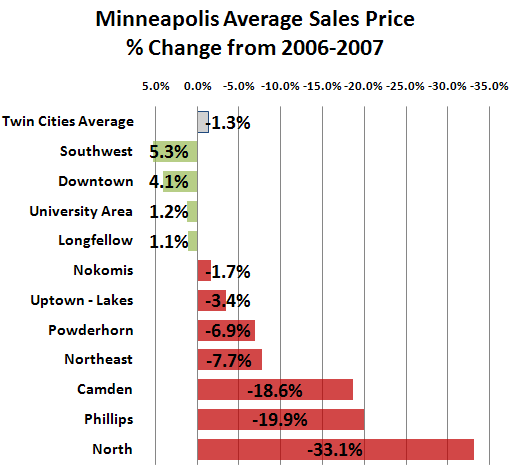The Minnesota Home Ownership Center publishes a regular newsletter on foreclosure prevention and I wanted to share the latest version with you:
|
June 24, 2008
|
| Legislative Update on Foreclosures |
| Workshops for Homeowners Free, confidential foreclosure informationThe Minnesota Home Ownership Center continues to offer free workshops for homeowners who are worried about making upcoming mortgage payments, are already facing foreclosure or for anyone interested in learning more about foreclosure. These are open-house events. Participants are encouraged to come any time that is convenient during the workshop hours. The workshop will provide information on what happens during foreclosures, homeowners’ rights, and solutions for long-term housing needs. Participants will be able to ask questions and get free advice – confidentially – from mortgage lending and foreclosure specialists. No RSVP is needed. For more information call the Minnesota Home Ownership Center at (651) 659-9336.
|
| Workshops for Professionals Information and Referral Workshops The Minnesota Home Ownership Center is offering a series of free training workshops to provide information on how to help distressed homeowners. The trainings will provide an overview of the foreclosure process, where to refer homeowners and how to prepare them to talk with a housing counselor or loan servicer. The training is specifically designed for staff from public, private, and non-profit organizations that come in contact with distressed homeowners – but who do not normally work with mortgage foreclosure as part of their job. Upcoming training workshops: |


